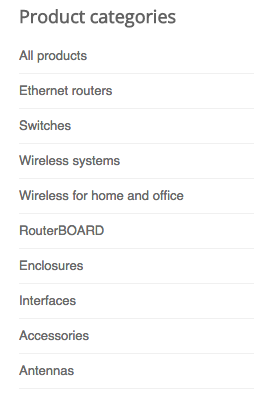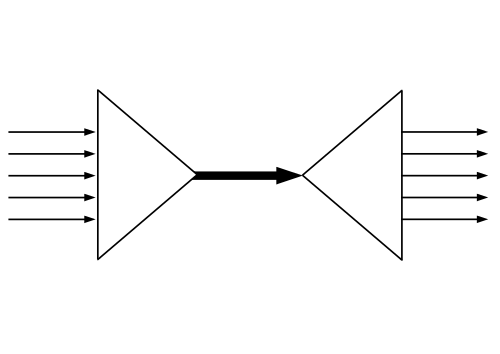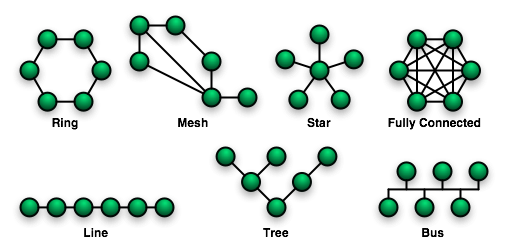
What is VLAN?
Ok before we talk about "what is VLAN", we already know the cool layer 2 devices, which really help us reducing collision domain. Network performance is improved and users are happy :-). most of the picture in this articles are taken from this GLC webinar. [caption id="attachment_566" align="alignnone" width="300"] Physical LAN[/caption] Up to this point (using a dumb switches), we are segmenting network based on the physical switches aka. Physical LAN - PLAN. The more segments you need, the more switches you buy, the router is used to forward traffic between LAN. Just like the picture above. (more…)








